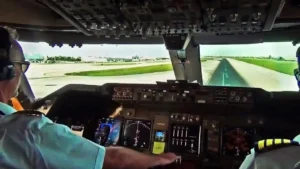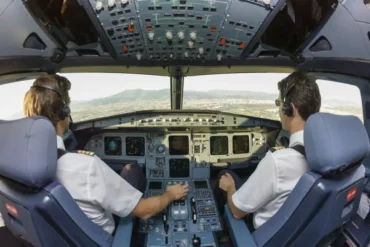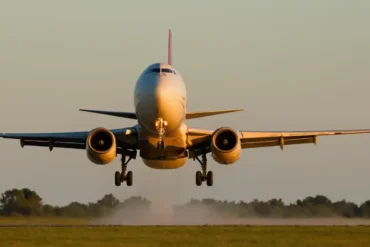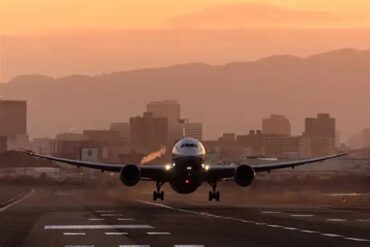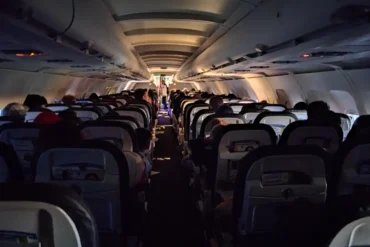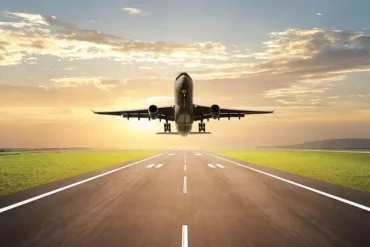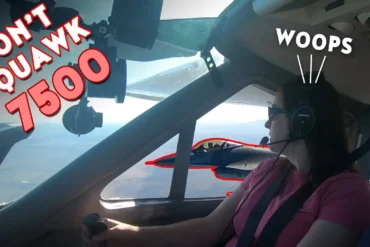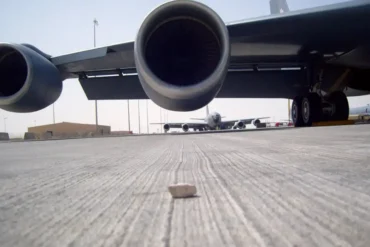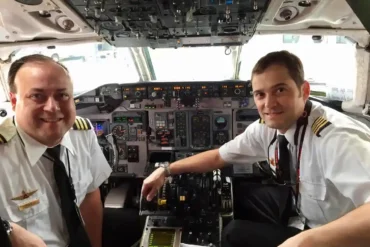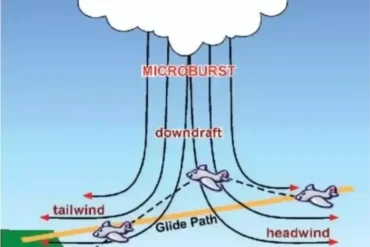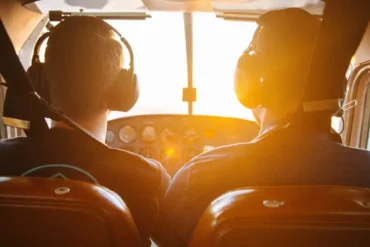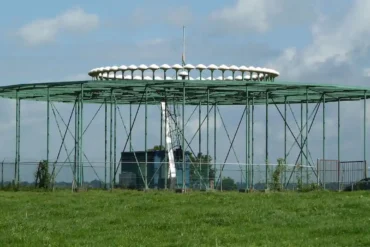Let’s talk about what happens when a pilot decides to stop a takeoff. It’s not something you see every day, but it’s an important safety measure. Pilots might choose to abort a takeoff if they notice engine problems, unexpected obstacles, or just feel that something’s not quite right. Safety is always the top priority in aviation.
Before a plane even starts rolling down the runway, the flight crew does a lot of math. They calculate things like how much runway they need to stop safely (called the Acceleration Stop Distance Available or ASDA), the speed at which they have to commit to taking off (V1), and the speed they need to reach to climb safely if an engine fails (V2). All this number-crunching helps ensure the plane can either stop or take off safely, no matter what happens.
Did you know that every new plane goes through a special test called the Rejected Take-Off (RTO) test? It’s like a final exam for the aircraft before it’s delivered to an airline. This test makes sure everything works properly when the pilots need to hit the brakes during takeoff.
While aborted takeoffs don’t happen often, pilots always plan for the possibility. It’s a bit like how you might plan for a flat tire on a road trip – you hope it doesn’t happen, but you’re prepared just in case. The goal is simple: if they need to stop, they want to make sure they can do it before running out of runway.
So, what might make a pilot decide to abort a takeoff? It could be a bunch of things. Maybe they hear a weird noise from the engine, or they spot another plane getting too close to the runway. Sometimes, it’s just a gut feeling that something’s not right. Pilots are trained to trust their instincts when it comes to safety.
There was a recent case where an American Airlines flight in Boston had to abort its takeoff because a Spirit Airlines plane got too close to the runway. The pilots followed the instructions from air traffic control and decided to play it safe by stopping.
After an aborted takeoff, the plane usually goes back to the gate for a checkup. The brakes can get really hot from all that stopping power, so they might need some time to cool down before the plane can try taking off again. Hot brakes are no joke – they can make it harder to stop quickly if needed.
It’s important to remember that pilots only abort takeoffs for safety reasons. They have to make a quick decision: is it safer to stop or keep going? That’s where all that pre-flight math comes in handy.
Let’s break down some of the key things pilots think about:
- First, there’s the ASDA we mentioned earlier. It’s basically how much space the plane has to stop if they need to abort the takeoff. This usually includes the whole runway plus any extra stopping area at the end.
- Then there’s V1, or the “decision speed.” Up until this speed, pilots can still safely stop on the runway. After V1, they’re committed to taking off because there’s not enough runway left to stop safely.
- Finally, there’s V2, which is like a safety net speed. If an engine fails after V1, reaching V2 means the plane can still climb safely with just one engine.
Figuring out these speeds isn’t guesswork. The plane’s computers crunch the numbers based on things like the weather, how heavy the plane is, and which flaps are being used. All these speeds show up on the pilots’ displays, making it easier for them to make quick decisions.
Most of the time, takeoffs go smoothly without any hitches. But it’s good to know that pilots have all these tools and procedures in place, just in case they need to abort a takeoff.
Remember those RTO tests we talked about earlier? They’re pretty intense. They load the plane up to its maximum takeoff weight and use completely worn-out brakes – talk about a worst-case scenario! The plane has to come to a complete stop using just the ground brakes and wing spoilers, without using the engines to help slow down.
Here’s a cool safety feature: if the brakes get too hot during one of these tests, special plugs in the wheels will melt. This releases the air in the tires in a controlled way, preventing them from bursting and protecting the landing gear. It’s like having a safety valve for your plane’s wheels!
